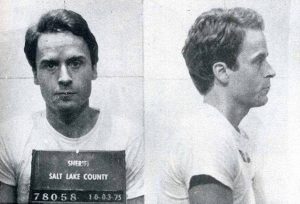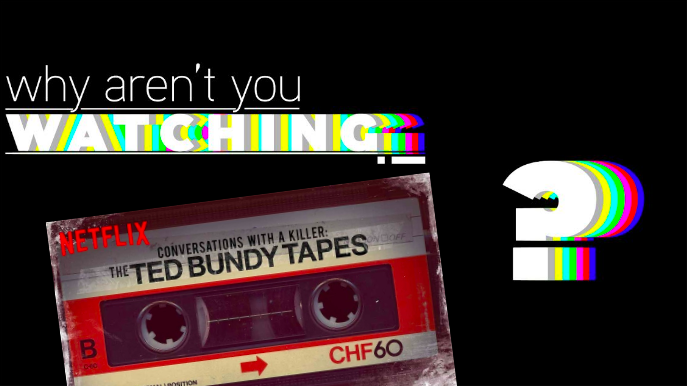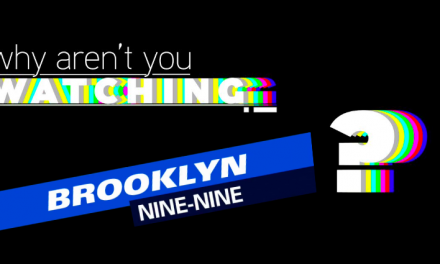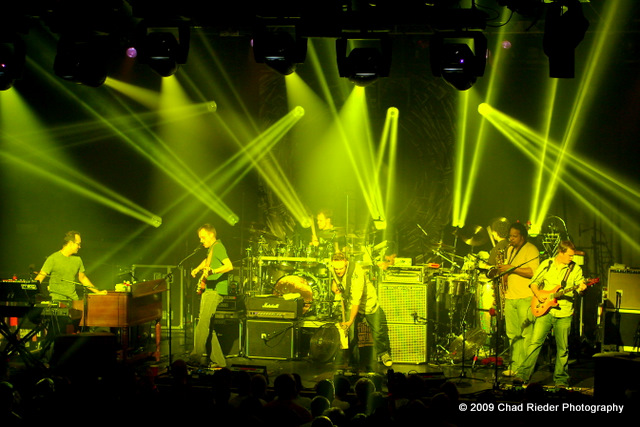Let’s be real: There’s so many shows out there now – between Hulu and Netflix and Amazon and our dear old Cable – that there’s simply not enough time to watch it all. And even if you do start a new series, who’s to say what’s worth watching?
Well fret no more! Our column “Why Aren’t You Watching” has got you covered, with almost weekly suggestions on some great shows all within binging distance!
There’s something I love about true crime dramas. Maybe it’s the fact that I know that, no matter the crime, these stories are finished and have no way of coming true to myself; maybe it’s the fascination I have with history as a whole.
Or maybe I’m just plain nosey.
Either way, there is no denying that the new Netflix show “Conversations with a Killer: The Ted Bundy Tapes” hopelessly draws you in, showing a narrative of the country’s first serial killer that was unknown to most casual watchers or amateur historians. The show is not historical fiction, but instead is narrated in part by Bundy himself, with police footage and interviews with experts on the matter to fill the screen.

The tape recordings themselves started asa journalist’s attempt to gain information on Bundy’s killing spree, and possibly get the accused killer to admit to his crimes. As these tapes were never recorded with the purpose to be made public – instead, the journalists wrote a book “unfavorable to Bundy” using the tapes as a guide and detailing their interviews – the questions were pointed and investigatory, rather than fluffed to find a narrative through-line.
The interviews occur over a number of months, starting at Bundy’s youth, trying to decipher his background, and if anything distinctly points to what made him the way he was. They make him seem like any other teen growing up in that time. We are hearing the way Bundy saw himself.
From there, the tapes pause.
We do not hear Bundy’s actual voice as much as the title would imply. Instead, the show becomes a timeline of Ted Bundy’s life, up until the murders occur, detailed with maps of movements, narrated by interviews with experts. These experts set up each stage of Bundy’s spree, with the figures ranging from officers who worked on the cases, to historians who have studied Bundy, to people that Bundy knew throughout their lives and are still trying to make sense of the events.
 As the murders begin to unfold for the audience, it becomes clear that Ted Bundy is in no position to be implicating himself as the tapes again begin to roll; instead, he speaks about the murders in the third person, almost as if describing the profile of the real killer in an attempt to help the journalists gain information.
As the murders begin to unfold for the audience, it becomes clear that Ted Bundy is in no position to be implicating himself as the tapes again begin to roll; instead, he speaks about the murders in the third person, almost as if describing the profile of the real killer in an attempt to help the journalists gain information.
Somehow, this detail makes the description of the kills even more unsettling to the viewer.
To hear Bundy speak about his own motives and actions as though it was not him, while news and police footage scroll across the screen showing Bundy smiling and laughing, it drives home the horror of the events he caused. But in the same way, it shows how smart Bundy was. By not implicating himself even after a decade, and by describing in detail exactly what motivated him, what changed him, Bundy also becomes a fascinating historical figure.
Ted Bundy was America’s first serial killer. He showed the country how lacking the FBI’s techniques were at the time. He carried out horrid crimes, some of which were never known until these tapes. He exploited the American peoples’ goodwill. He changed identities and lives easier than some people change their lunch order.
He’s horrific to hear. He’s fascinating to watch.
But he was a killer. So let’s stop calling him hot.

“Conversations with a Killer: The Ted Bundy Tapes” is a Netflix original series.
Megan Farrell is a senior from New Jersey studying Film and Economics.






